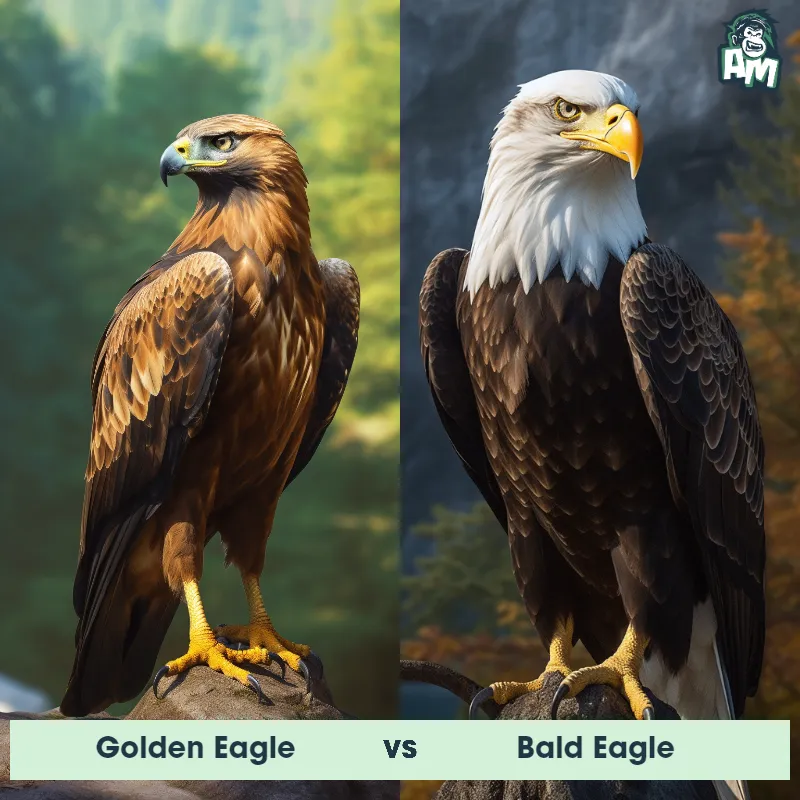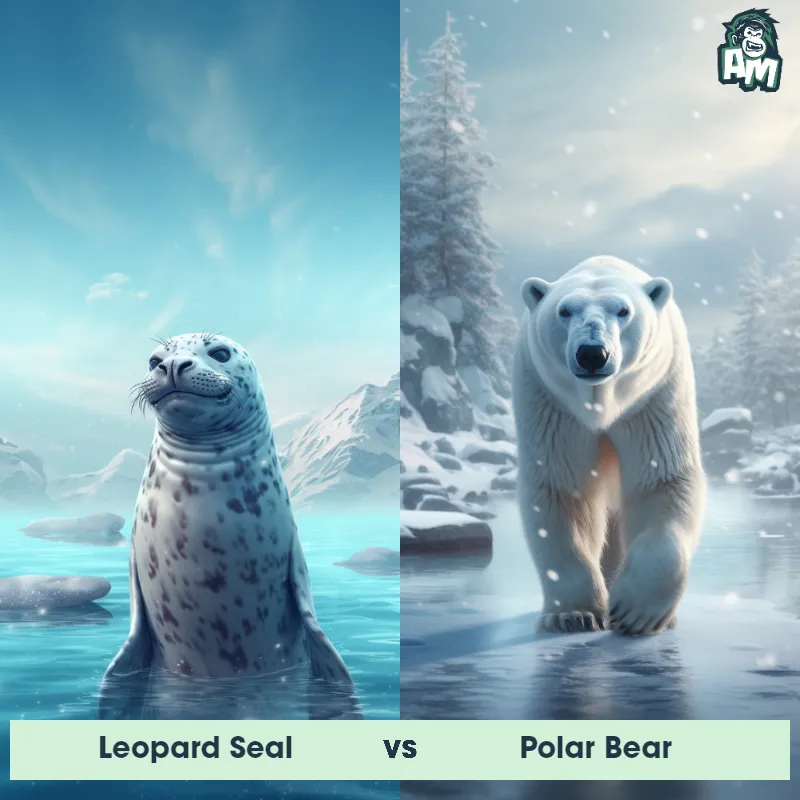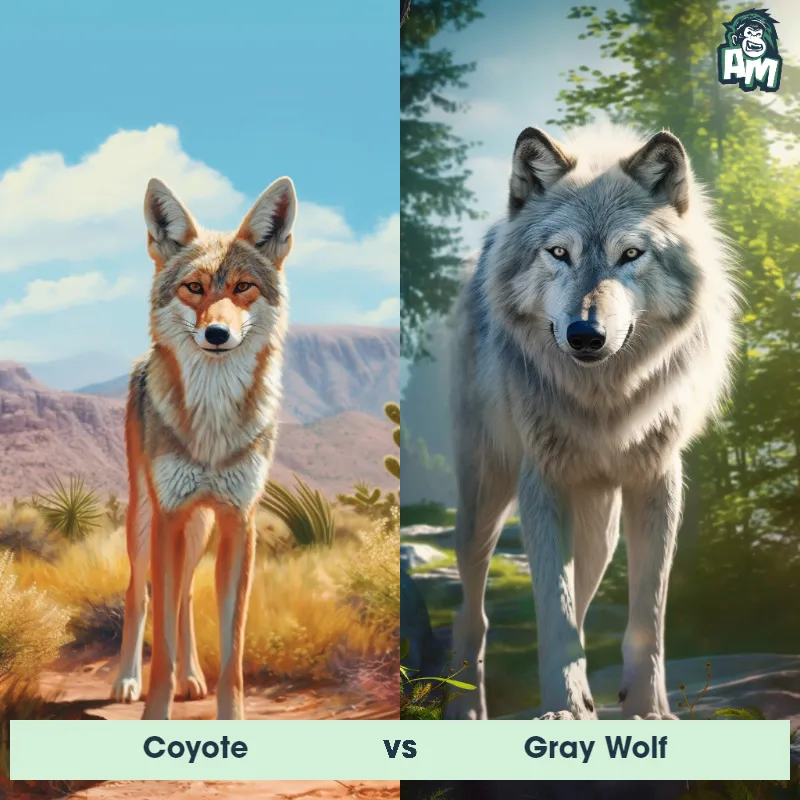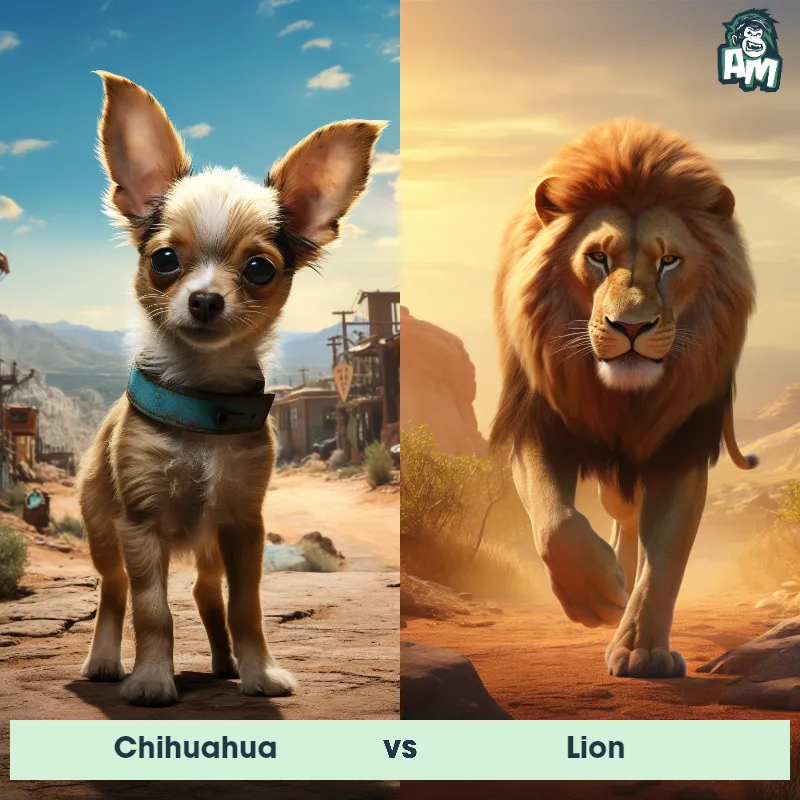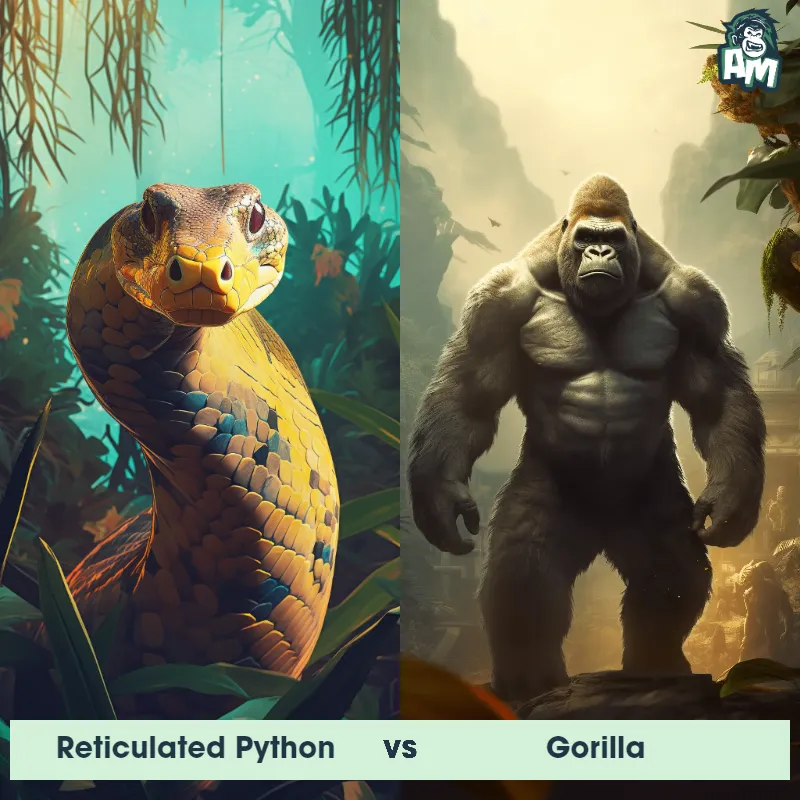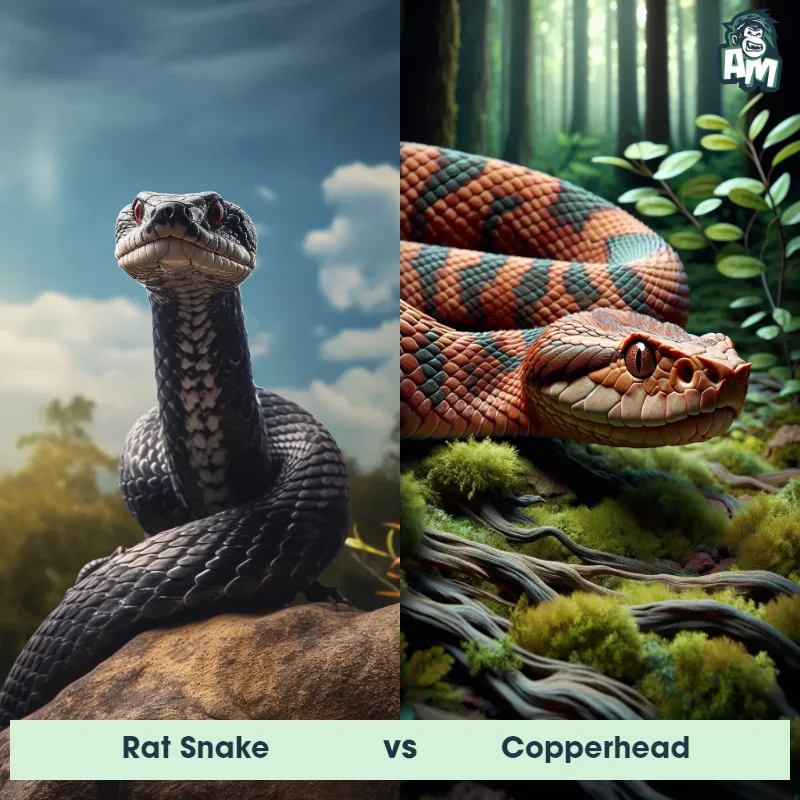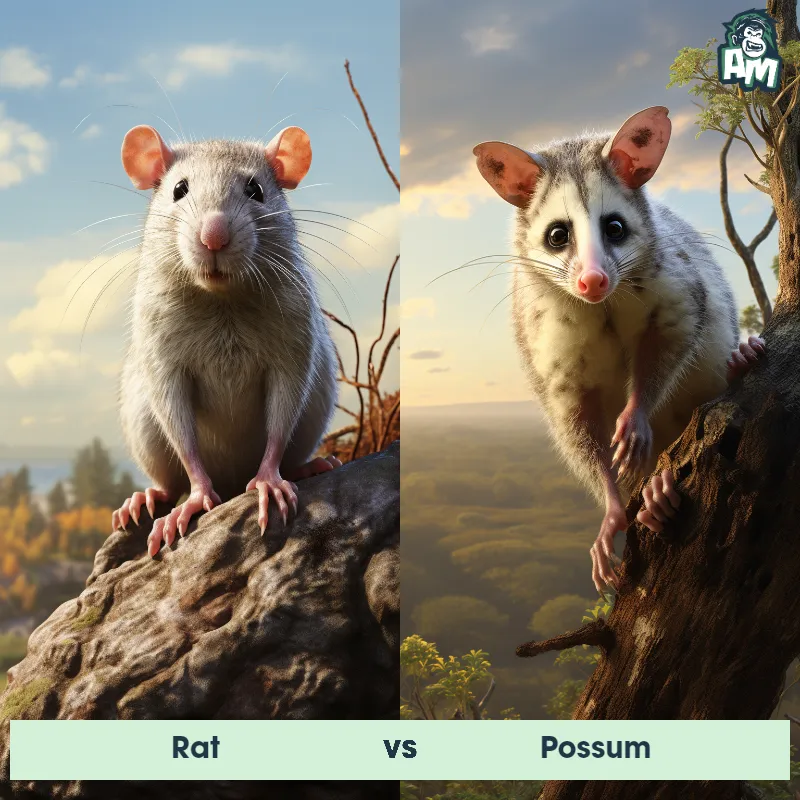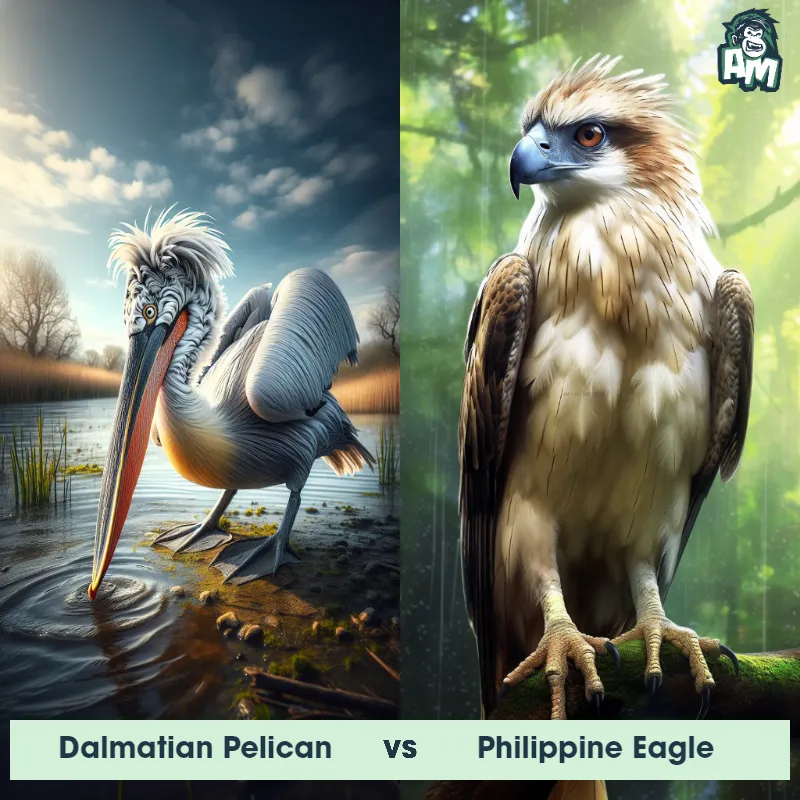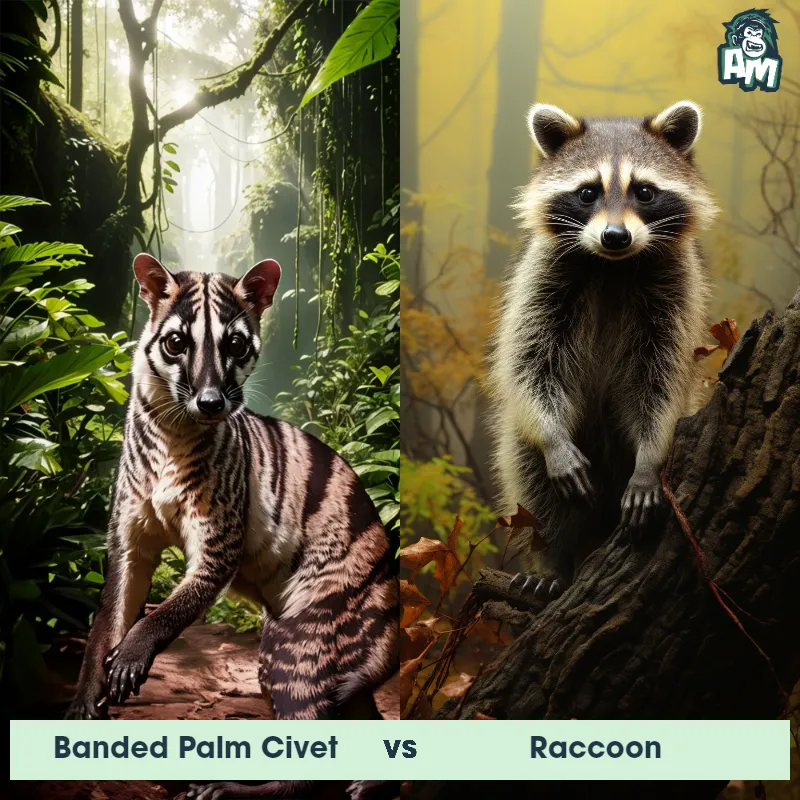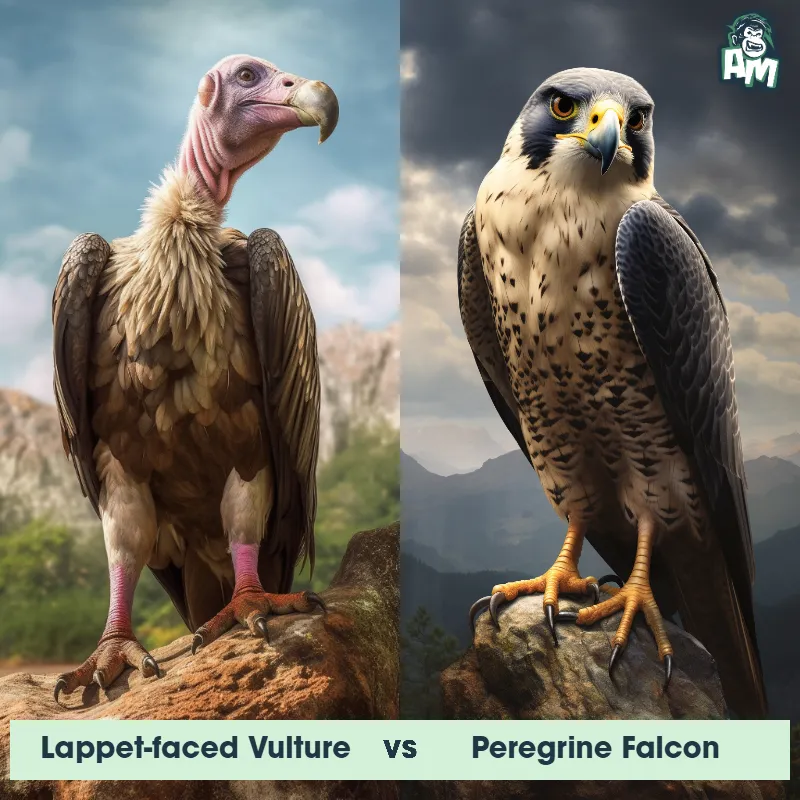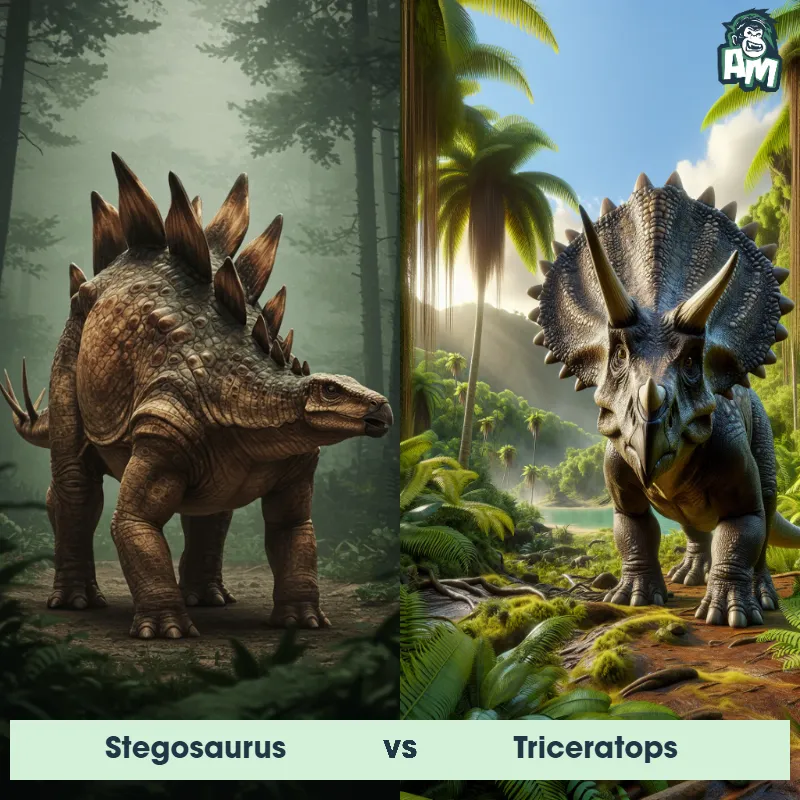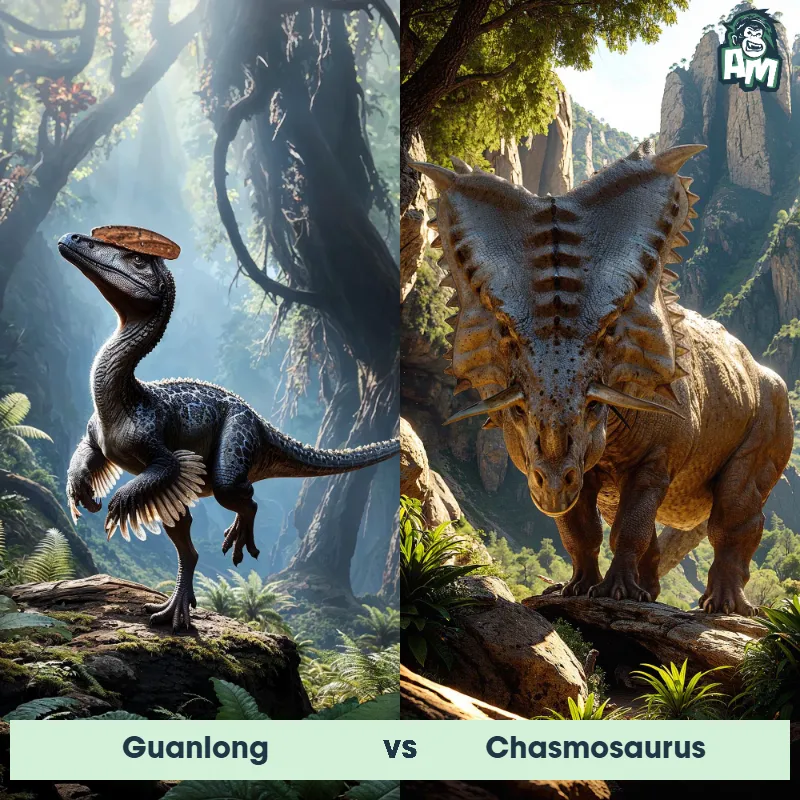Desmatosuchus vs StyracosaurusSee Who Wins
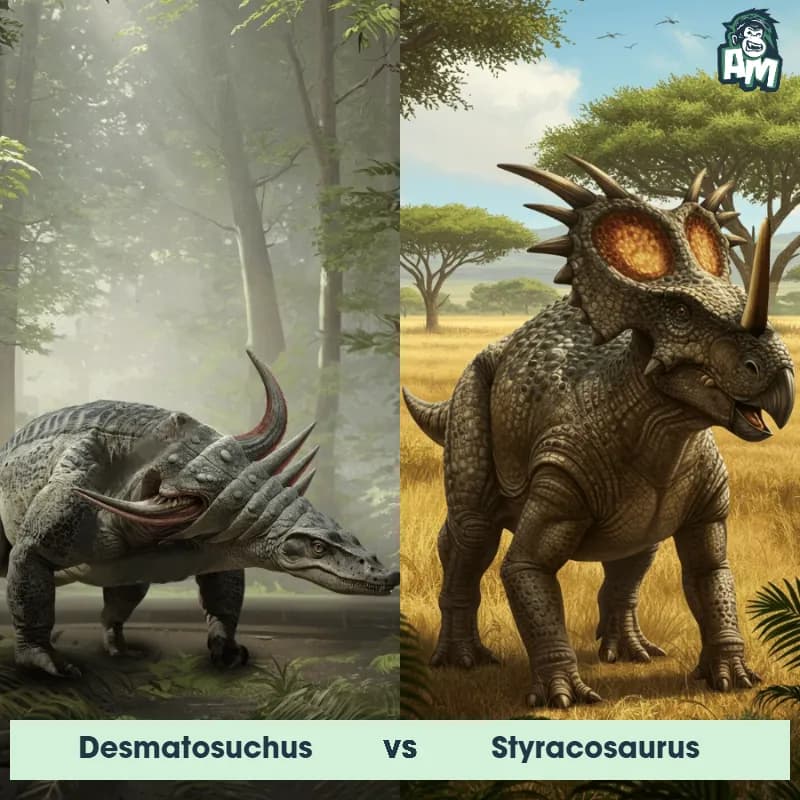
In one corner, we have the armored defender, Desmatosuchus, showcasing its impressive shield-like body and spiked tail. Facing off, the horned warrior Styracosaurus, known for its formidable frill and menacing horns. Two mighty beasts are about to clash in a battle for dominance!
Contender 1: Desmatosuchus
Desmatosuchus, also known as the "link-backed reptile," was a prehistoric armored reptile that lived during the Late Triassic period. It had a stocky body covered in thick, bony plates called osteoderms, providing protection against predators. This creature walked on four massive legs, with a bulky, barrel-shaped body, and a long, pointed tail. Desmatosuchus also had a unique row of triangular spines on its back, resembling a chain of interconnected links.
Fun Fact: Desmatosuchus is believed to have been a herbivore, meaning it primarily fed on plants, utilizing its sturdy jaws and teeth to grind down vegetation for consumption.
Contender 2: Styracosaurus
The Styracosaurus, also known as the "spiked lizard," was a large herbivorous dinosaur that lived during the Late Cretaceous period. It stood on four legs and had a distinctive frill of large spikes protruding from its neck, resembling a crown. Its most prominent feature was a long horn extending from its nose, possibly used for display or defense. Styracosaurus had a bulky body, reaching lengths of up to 18 feet and weighing several tons.
Fun Fact: Styracosaurus had one of the most elaborate head adornments among ceratopsian dinosaurs, with up to six long spikes on its frill, a single horn on its nose, and smaller horns above its eyes.
Matchup Stats
| Desmatosuchus | Styracosaurus | |
|---|---|---|
| Size | 10 feet (3 meters) in length | Up to 18 feet (5.5 meters) |
| Weight | 500 pounds (227 kilograms) | Several tons (metric units not specified) |
| Speed | 15-20 mph (24-32 km/h) | 21-25 mph (34-40 km/h) |
| Key Strength | Defensive spikes and sheer size | Horn for defense |
| Biggest Weakness | Not aggressive, relies on intimidation | Possibly slower movement |
Current Votes
Desmatosuchus vs Styracosaurus
See Who Wins
View More Matches
Looking For More?
Similar Matches
Scientific Stats
| Desmatosuchus | Styracosaurus | |
|---|---|---|
| Scientific Name | Desmatosuchus | Styracosaurus |
| Family | Desmatosuchidae | Ceratopsidae |
| Habitat | Land | Forested areas |
| Geography | North America | North America |
| Diet | Herbivore | Herbivore, primarily fed on plants and vegetation |
| Lifespan | 40 years - 50 years | 20 years - 25 years |
Key Differences between Desmatosuchus and Styracosaurus
- Body Structure: Desmatosuchus had a long, heavily armored body resembling a crocodile, whereas Styracosaurus had a shorter, bulkier body typical of ceratopsian dinosaurs.
- Horns: Styracosaurus was characterized by a prominent nose horn and multiple long spikes extending from its neck frill; Desmatosuchus lacked such features and had small facial bumps.
- Osteoderms: Desmatosuchus featured prominent armor and large spikes along its back, whereas Styracosaurus did not have such body armor but instead had a distinctive frill and horn arrangement.
- Limbs: Desmatosuchus had sprawling limbs adapted for a semi-aquatic or ground-dwelling lifestyle, while Styracosaurus had more robust and upright limbs suited for supporting a heavy body on land.
- Head Shape: Desmatosuchus possessed a relatively small head with a long, narrow snout, while Styracosaurus had a large, frilled head with a parrot-like beak.
- Tail: Desmatosuchus sported a lengthy, armored tail, contrasting with the shorter, less ornamented tail of Styracosaurus.



